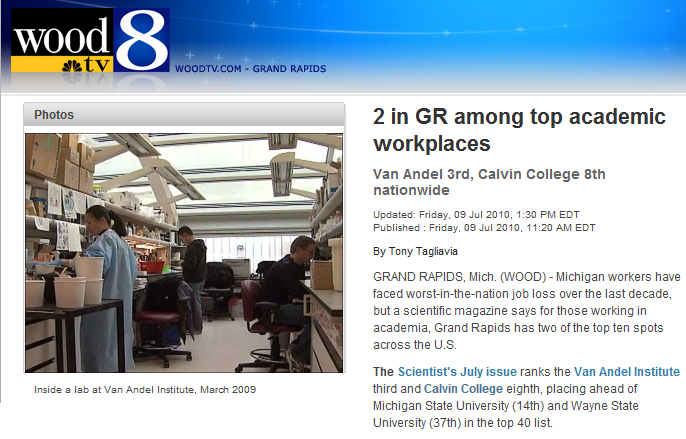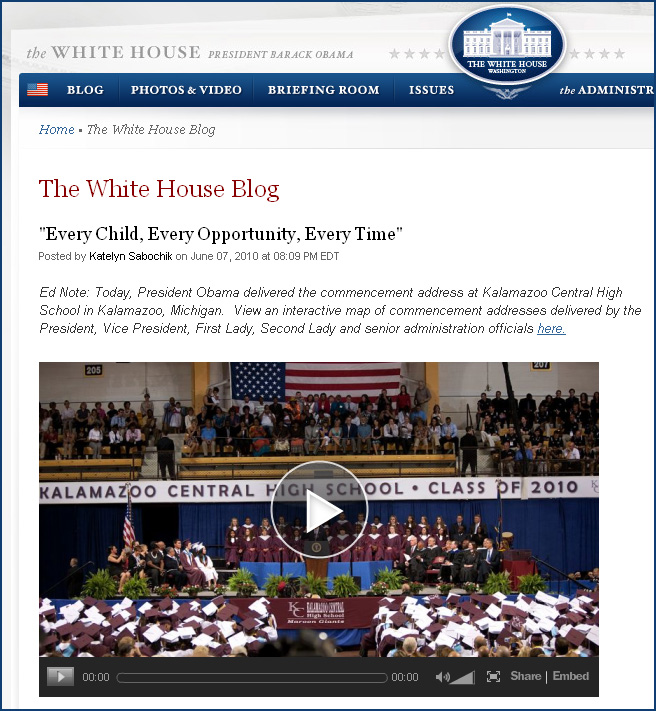Half of Detroit’s schools may close — from good.is

Financial mismanagement and declining enrollment are ringing a death knell for Detroit’s schools. According to Detroit Public School Emergency Manager Robert Bobb, to close a $327 million budget deficit, he’ll need to shut half of the city’s campuses over the next two years.
Under the plan, the 142 current schools in the district would be reduced to 72 by the 2012-13 school year. What will happen to the students attending those schools? Bobb plans to shift them over to the remaining campuses, raising class sizes to 62 students per teacher.
From DSC:
Seriously…this is crazy and completely unfair! Those of us who have more resources need to step in and help out. But how can we best do this? How can folks outside of the Detroit area make a solid, helpful impact? Coming from the tech side of the house, I’d like to see us offer FREE materials…online.
That assistance could come from private corporations, individuals, colleges, universities or for-profit organizations such as K12 Inc. Another idea along the lines of individuals, is to allocate $1-$5 billion from the amounts being donated by some of the nation’s wealthiest people. Use those funds to make outstanding educational materials that engage our youth. Then we could offer those incredibly-well done, multimedia-based, interactive, engaging, highly-sophisticated materials FREELY to anyone who wants access to them — whether inside or outside the United States. This would be a massive undertaking from a curricular, instructional design, programming, production, etc. standpoint. But WOW! What a difference it could make to level the playing field!
Perhaps working with vendors, some of the funding could be used for loaning out the devices needed to “play” and interact with the materials, and perhaps some other funding could be allocated to the city of Detroit to provide wireless access throughout the city and surrounding suburbs.
Also see:
The $600 billion challenge– from Fortune
Bill Gates, Melinda Gates, and Warren Buffett are asking the nation’s billionaires to pledge to give at least half their net worth to charity, in their lifetimes or at death. If their campaign succeeds, it could change the face of philanthropy.
The Giving Pledge

…and the list goes on…


















